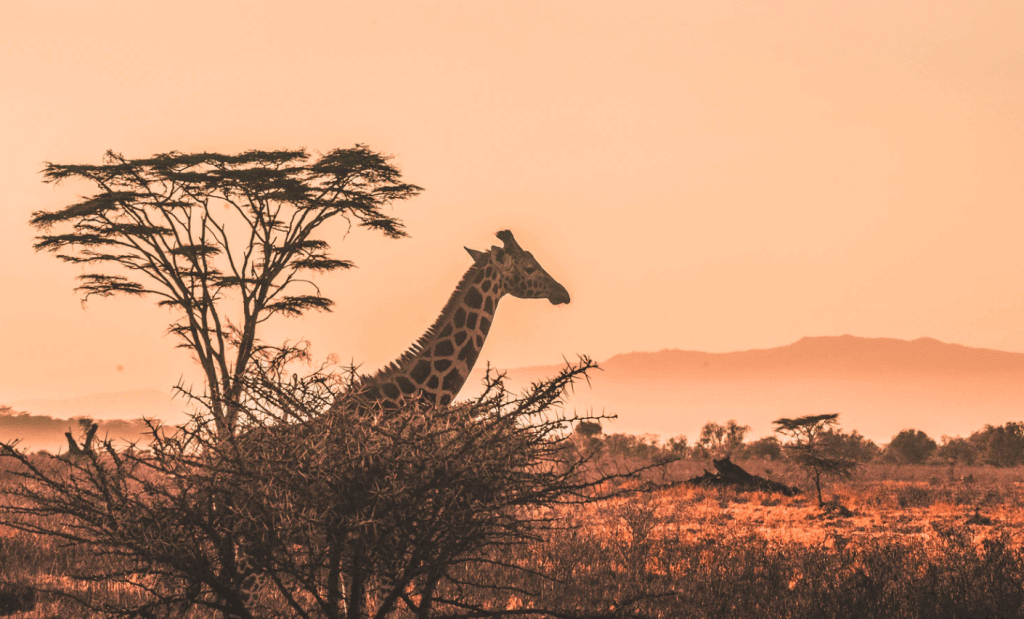
Packing for a safari sounds a little tricky but it’s easier than it sounds. Firstly, going on safari doesn’t mean dressing up like Crocodile Dundee ( that’s what you’re into, though go for it). However, there are just a few safari essentials you’ll definitely need to bring along, but it’s pretty easy! Lastly, I have added a few of my packing tips along with my packing list.
Some Packing Tips:
→ The #1 rule for packing for a safari is to avoid the color white. Parks in Africa are really dusty. For example, That cute white shirt you just brought? It’ll be brown. Also, avoid dark blues and blacks because tsetse flies LOVE them and their bites sting.
→ You don’t need any to buy any special safari clothing. Most of them cost a fortune and you will probably never wear them again. Pack layers of lightweight clothes because temperatures in change throughout the day.
→ Most safari camps will do your laundry for a fee, so definitely avoid over-packing. Four outfits max for a week-long safari FYI: The only thing the camps won’t wash are undies, so pack a few travel-sized packs of detergent and wash them in the sink.
→ Don’t think about packing any camouflage clothing! It’s associated with the military and it is banned in some countries like Zimbabwe.
→ You should pack everything up in a duffel bag. Rolling suitcases are a terrible idea for a safari trip.
→ If you’re traveling to Rwanda, Uganda, or Kenya, plastic bag are illegal in these countries. Pack your toiletries in reusable zip lock bags.
PACKING LIST!
- A warm hoodie or fleece. It gets really chilly during the mornings and evenings. Most safaris take place during the early hours of the morning or right before sunrise because it’s when the animals are most active, so stay warm!
- 2 pairs of pants
- 3-4 shirts
- Light cover up. Either to use if it gets chill or to cover your face when it gets dusty.
- Ladies, pack a few sports bras . Car rides during safaris are super bumpy.
- Swimsuit
- Cotton undies.
- Sunglasses
- Hat
- Sneakers.
- Flip flops for showering or walking around your lodge.
- Socks that cover your ankles if you plan on doing bushwalks.
- Purifying water bottle
- Backpack
- Travel towel
TOILETRIES
- Sunscreen
- Insect repellent with DEET
- Mosquito bracelets for extra protection against mosquitoes.
- Hand-sanitizer
- Tweezers. It’s always a good idea to pack a pair of tweezers to remove thorns.
- Antihistamine (for allergies)
- Cortisone cream (for itches and bites)
- After-sun cream/ Sunburn cream
- Motion sickness tablets (for bumpy rides)
- Bandages and blister pads
- Malaria tablets like Malerone (consult your doctor)
- Immodium
- Any other medicine you might need ( stomach aides, headaches, visine)
- Vaccinations. Check the CDC website for advice on what vaccinations you need.
TECHNOLOGY
- A universal plug adaptor. Most African countries use either type C or the type G plugs. A universal travel adapter is essential to be able to charge all your electronics.
- Camera.
- Spare camera battery
- Spare SD cards
- Flashlight or headlamp. A flashlight is essential.
- Phone charger
TRAVEL INSURANCE
World Nomads covers most nationalities and over 150 adventure activities that most other insurance companies don’t. You can also make claims online and even extend or adjust your insurance while you’re already traveling. Check out their website for more information.
Check out our article about some safe places to visit in Africa.

Leave your thoughts below
Your email address will not be published. Required fields are marked *